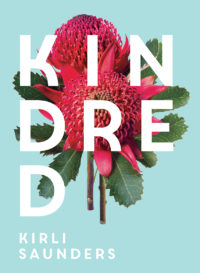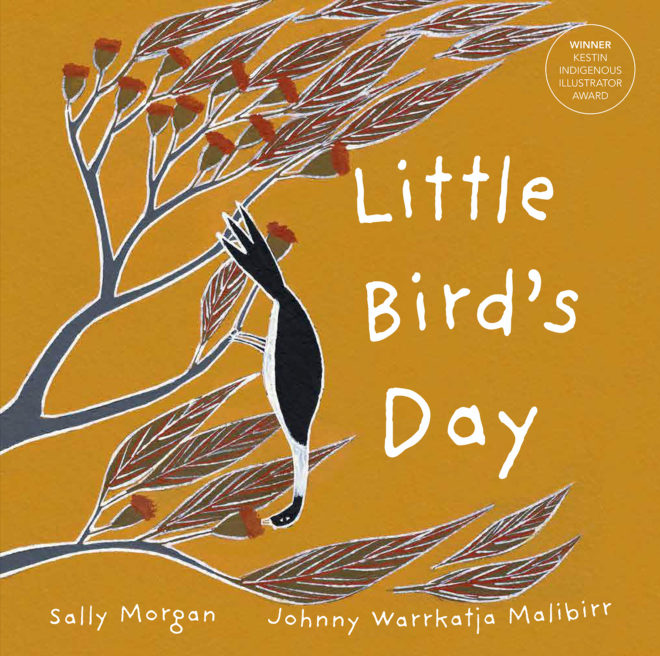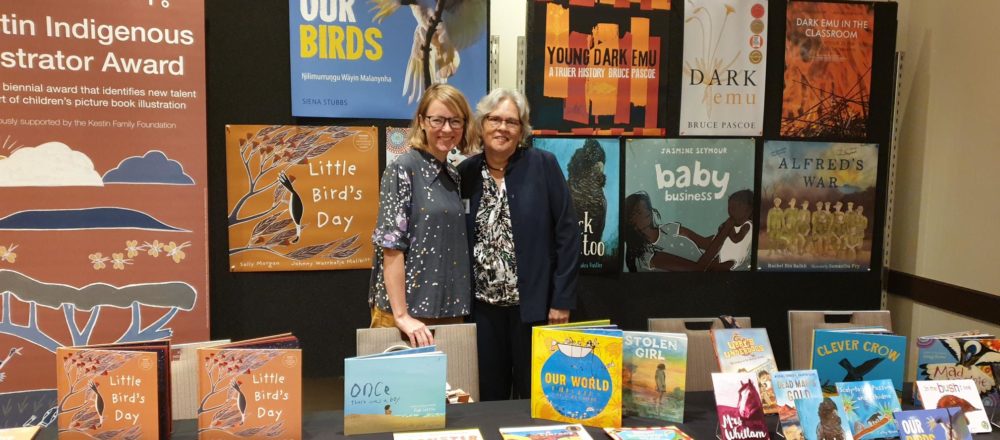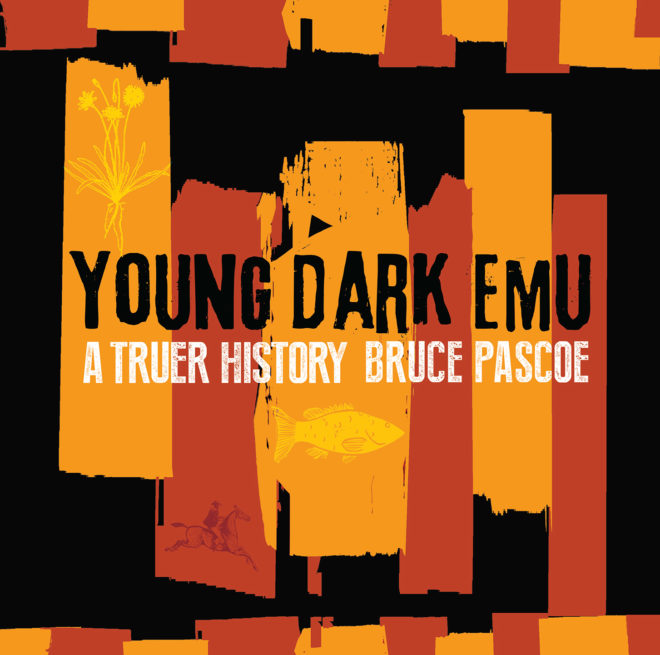Magabala Books is Australia’s leading Indigenous publisher. Based in the pearling town of Broome in the far north of Western Australia, Magabala Books is one of the most remote publishing houses in the world, yet the small publishing house has released more than two hundred titles and has developed a number of innovative programs. Right Now had a chat with the Magabala Books team about Aboriginal and Torres Strait Islander publishing in Australia and their thoughts on future directions.
Right Now: In what ways has Aboriginal and Torres Strait Islander publishing changed since Magabala Books was founded in 1990?
Magabala Books: In 1984, more than 500 Aboriginal Elders and leaders met at a cultural festival in Ngumpan, near Fitzroy Crossing in the Kimberley region of WA, to discuss how they could keep culture strong and protect cultural and intellectual property. At this landmark meeting, the Kimberley Aboriginal Law and Culture Centre (KALACC) was established and the foundations for Magabala Books were set.
We see our beginnings, as part of the wider movement of self-determination that was occurring throughout the 1980s, when Australia began to embrace its various Aboriginal and Torres Strait Islander cultures.
Since then we have survived and thrived in a highly competitive and precarious book industry. We’ve published over 200 titles by Aboriginal and Torres Strait Islander authors and illustrators from across Australia, including award-winning authors Alexis Wright, Ali Cobby-Eckermann, Bruce Pascoe and Alison Whittaker. We’ve seen steady growth in our developmental initiatives, commissioning and cultural projects.
In the last five years, we’ve noticed a significant shift in the national (popular) consciousness, with growing awareness of Aboriginal and Torres Strait Islander stories and histories. The incredible success of Dark Emu is part of this – Bruce Pascoe’s ground-breaking title has had an extraordinary impact on people all over the country. This, combined with the number of Indigenous writers and illustrators winning awards and commendations, shows just how far we have come as a nation.
Much has changed since our beginnings 32 years ago – advances in technology, change within the industry and a shift nationally about our collective past. Our longstanding vision to inspire and empower Aboriginal and Torres Strait Islander people to share their stories still stands – and is as important now as ever.
 Do you think there needs to be more support for publishing in diverse languages in Australia? If so, in what ways do you think the government or the cultural sector could support this?
Do you think there needs to be more support for publishing in diverse languages in Australia? If so, in what ways do you think the government or the cultural sector could support this?
Yes, absolutely. Australia is neither monocultural nor monolingual and our publishing should reflect this. With 30% of our population born overseas and with over 300 Indigenous languages being spoken, re-storied and revived across the country, it is vital that readers have the opportunity to access books in their first language. It is particularly imperative in this UN International Year of Indigenous Languages that First Nations languages are supported not just to survive, but to flourish.
However it is not just about diverse language publishing. It is also about seeing the world through another’s eyes and recognising that layers of privilege affect what books are published and achieve success in English language publishing. We’ve recently been encouraged by the growth of the Own Voices movement and the increase in diversity within the publishing industry nationally and internationally.
Magabala Books Cultural Fund supports manuscripts of great cultural and educational value that may not have mainstream commercial appeal. Can you explain a bit about the program and why it is important? What are some of the challenges of running this program in an industry that relies on book sales?
Magabala Books is more than a publishing house. As an Aboriginal owned and led organisation, we are constantly balancing our cultural and economic objectives. This can at times be tricky given the commercial realities of the industry.
In 2014, in response to the ever-increasing pressures on sales margins, we established the Cultural Fund to allow us to reprint and publish books of significant cultural value which may have subtle commercial appeal. While all our books reflect the cultural diversity of Aboriginal and Torres Strait Islander peoples, our Cultural Fund ensures key cultural and historical titles are published and kept in print.
Thanks to philanthropic support, the Fund enables us to reprint old classics, support manuscript development, and commission new strategic titles, including intergenerational cultural projects and Elders stories. These stories assist to reshape our national narrative and are a precious resource for families and communities.
We are grateful to the various Trusts and Foundations who recognise the value of this work. With their support we’ve been able to reprint and publish a number of significant cultural titles, including Yorro Yorro, Two Sisters and Ninu: Grandmother’s Law, and have many more in development.

You have a large number of teaching resources available, why is this program important? In what ways does engagement with the education sector play a role in the work at Magabala Books?
At Magabala we are particularly passionate about providing young readers with stories told from Indigenous perspectives. We believe it is essential that we encourage children to read widely, think critically and to see themselves reflected back in the text. Inspired education is one of the ways to combat ignorance, prejudice and apathy and it’s important to take this learning into the classroom.
We are working to ensure works by Aboriginal and Torres Strait Islander voices are included in national and state curriculum reading lists from kindergarten to year 12. We produce teachers’ notes for most of our titles, and have partnered with Reading Australia, the Australian Literacy Educators Association and the Association for Teachers of English to develop extraordinary teacher resources for our primary and secondary titles. We know how hard teachers work and we try to make it as accessible and enjoyable as possible to teach Indigenous books.
Where would you like to see Aboriginal and Torres Strait Islander publishing head in the future?
We may be biased but we believe Aboriginal and Torres Strait Islander writing is the most dynamic, exciting and impressive literature currently being published in Australia. In terms of the future, we just hope Aboriginal and Torres Strait Islander publishing continues to grow, prosper and infiltrate.
We also hope that with this growth, there will be more opportunities for Aboriginal and Torres Strait Islander people to take the reins in the publishing industry – as directors, editors, publishers, book designers, rights agents and publicists.
Who are some Aboriginal and Torres Strait Islander writers to keep an eye out for?
Currently, there is a great deal of remarkable work being published by Aboriginal and Torres Islander writers. We are constantly inspired by the new voices coming through. This is particularly evident in poetry, where potent young poets like Alison Whittaker, Ellen Van Neerven and Evelyn Araluen are making their mark. Kirli Saunders, a proud Gunai poet whose debut collection Kindred we release next month, is an exciting new voice to watch in this space.
We’re also excited to get our hands on new novels coming out this year by impressive writers Tony Birch (The White Girl) and Tara June Winch (The Yield).
We encourage readers to be bold in your support of Indigenous authors, irrespective of which publishing house produces their work. Read the books and encourage your friends to do so! There’s a wide selection out there to choose from.
What are some of the upcoming projects or titles at Magabala Books that you’re excited about?
This month we were thrilled to launch Little Bird’s Day by Sally Morgan, with illustrations by Johnny Warrkatja Malibirr – winner of our inaugural Kestin Indigenous Illustrator Award. This book is an exquisite collaboration that tells the story of Little Bird as she flies with Cloud, travels with Wind, nestles with Moon and dreams of flying among the stars.
Looking ahead, the most anticipated title this year will be Bruce Pascoe’s Young Dark Emu, aimed at mid to upper primary audiences. We have the long waited, final instalment in the Ubby’s Underdogs graphic novel series by Brenton McKenna, and award-winning author Gregg Dreise’s new picture book about Cunning Crow, as well as the debut young adult novel My Father’s Shadow by Jannali Jones.
We’re also excited about announcement of the Daisy Utemorrah Award in July, our new unpublished manuscript award for a work of junior, young adult fiction or graphic novel. As well as continuing the work of the Kimberley Art Series project a partnership with six Kimberley art centres to build the skills and capacity of individual artists, who have a desire to learn about writing and illustrating children’s picture books.
All in all, it’s shaping up to be another great year for our authors, illustrators and readers!



